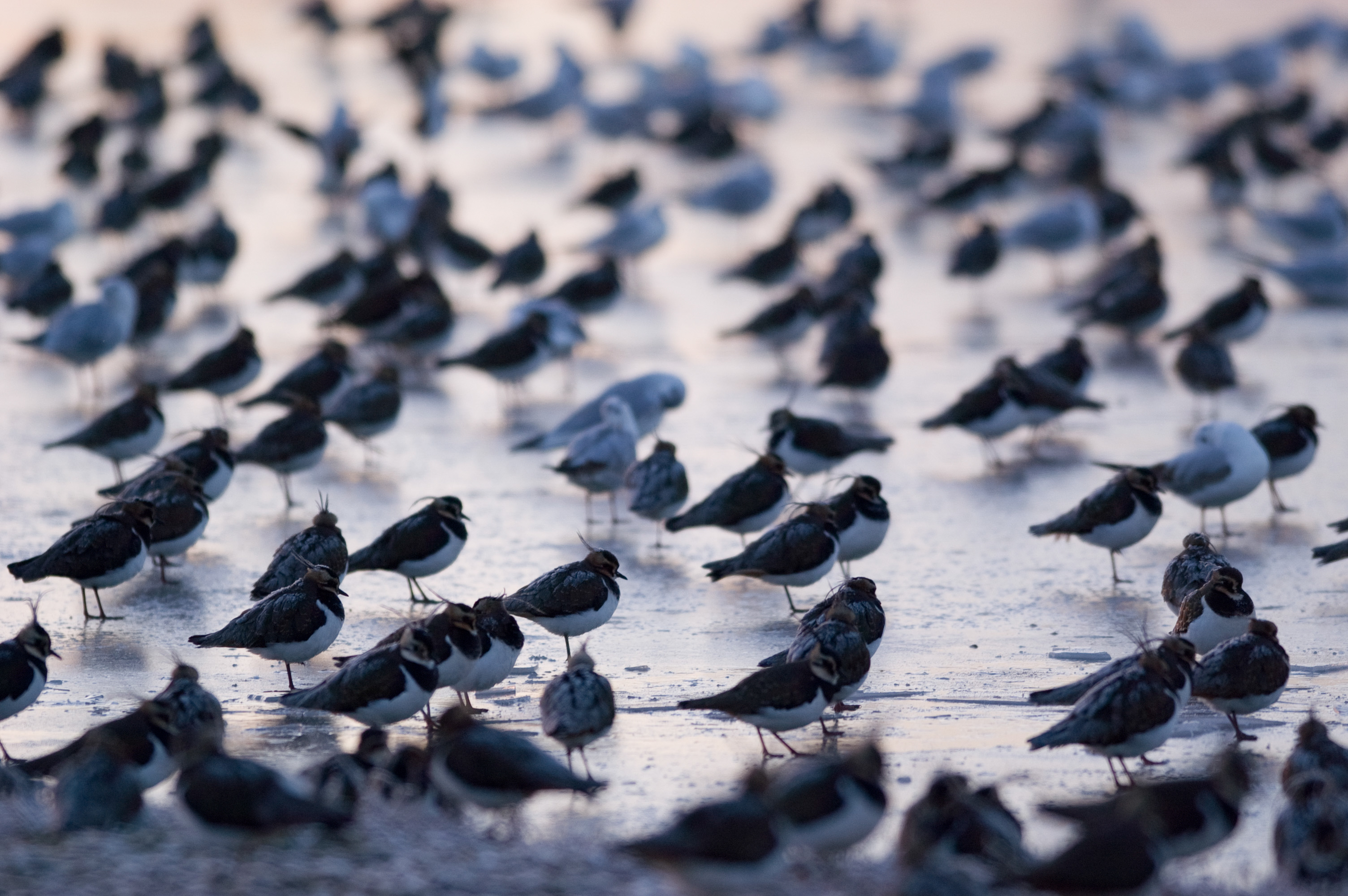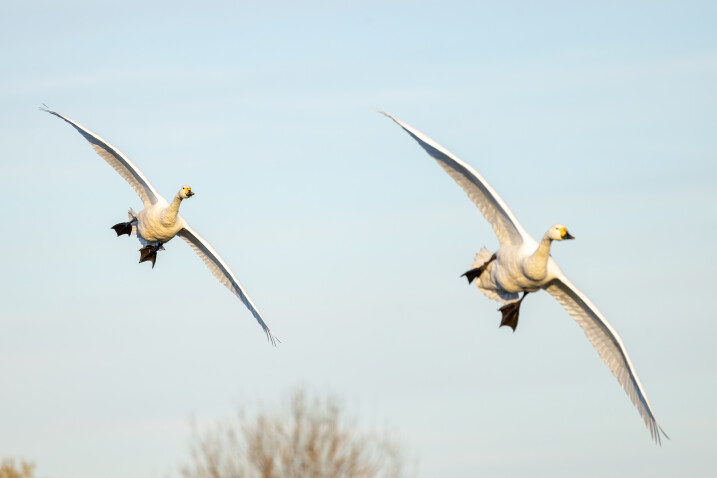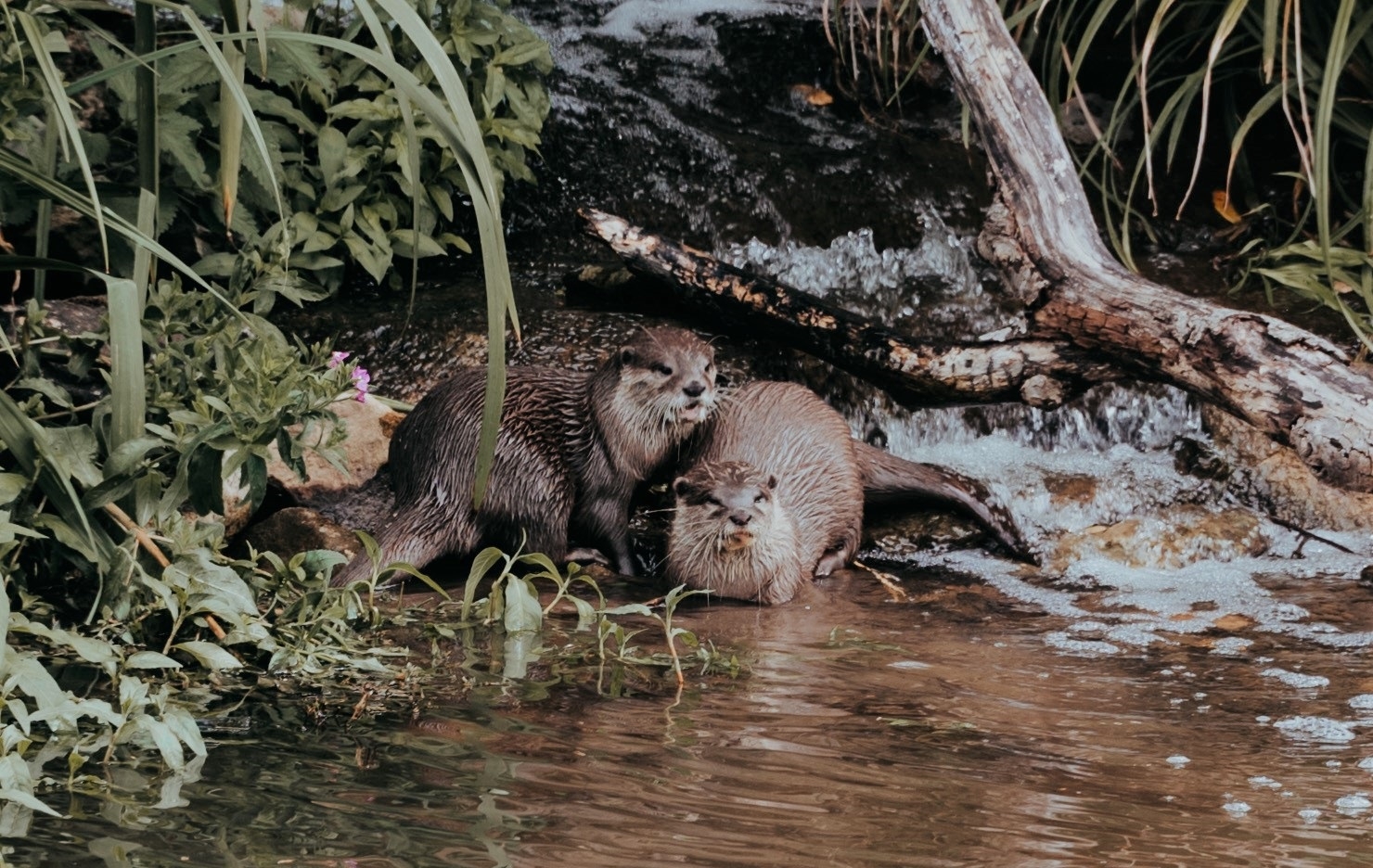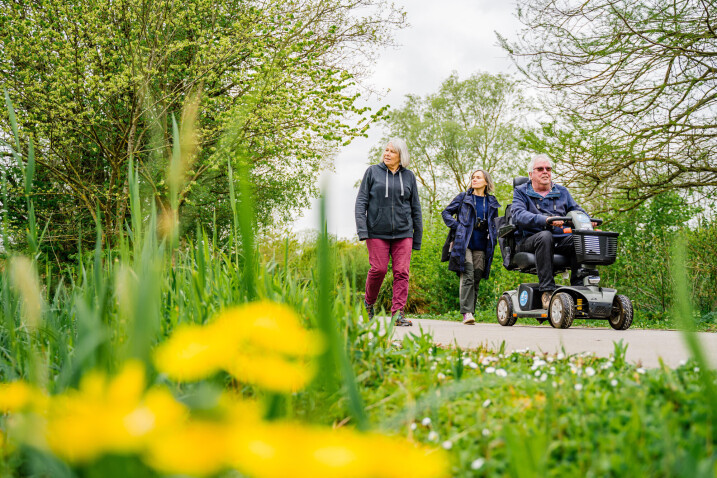Amphibian Week 2023
Between 7-13th May we celebrated Amphibian Week across our social media channels.

Between 7-13th May we celebrated Amphibian Week!
Amphibian Week is the perfect chance for our Ectotherm Team at Slimbridge to shine a light on our awesome amphibians.
We currently hold 45 species of amphibian, 17 of which you can see on-show in our exhibits, with 8 more you can learn about in our Toad Hall talks. This page will dive into what makes these wonderful beasties so special, and give you a glimpse at some of our behind-the-scenes species.
Each day of Amphibian Week had a new theme, read on to find out more...
Hidden Biodiversity - Biodiversity is all the different types of life you can find in a certain area. Amphibian biodiversity is much bigger than people think – globally, scientists estimate that there are more than 5000 species! More and more are discovered all the time as we learn more about genetics and explore different areas.
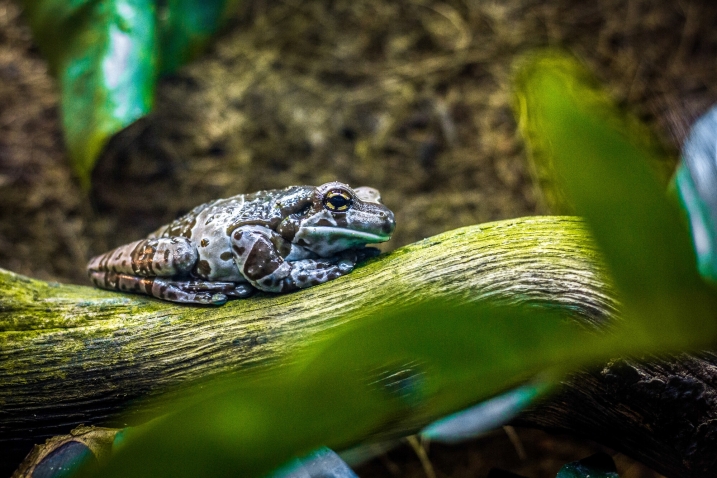
Amazing Animal Skin - Amphibians can drink and breathe through their skin! It also grows ‘good’ bacteria on it to help form part of their immune system and keep them healthy. Did you know frogs in the ‘waxy monkey frog’ family produce their own sun cream? They secrete a waxy substance that they rub across their whole body using their back legs to help to hold in moisture on hot days.
Eat or Be Eaten - Did you know rough-skin newts are one of the most poisonous amphibians in the world? This is an adaptation to being predated by garter snakes. In some areas, garter snakes started to become resistant to the toxin produced by the rough-skins. Rough-skins then became more poisonous in response! Rough-skins in some areas produce a poison that is 10,000 times stronger than cyanide. This series of adaptations and counter-adaptations (the snakes becoming more resistant and the newts becoming more poisonous) is known as an evolutionary arms race.
Fun fact : garter snakes are actually the only predators that can stomach rough-skinned newts!
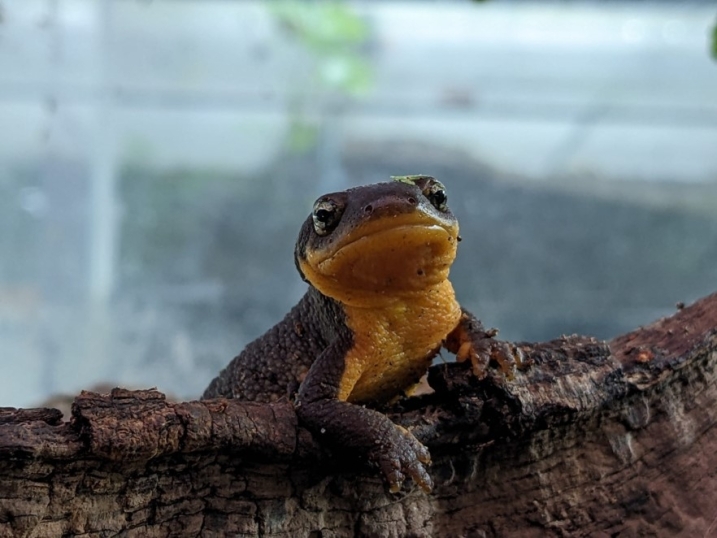
Amphibian Communication - Amphibians have multiple ways of communicating - they can communicate audibly, but they also say a lot through their appearance. Colours warn predators when amphibians are toxic, so their skin is saying “I don’t taste nice!”. For dart frogs especially, this allows them the safety to be active in the day time. Check out the variation in our dart frog collection for colouration!
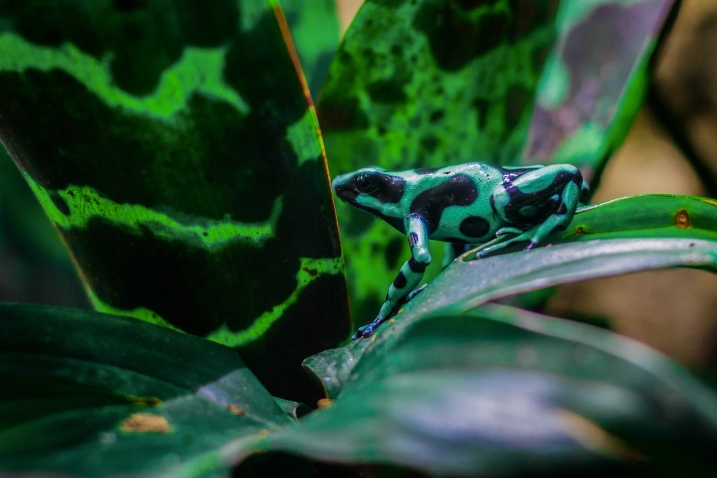
Amphibians Through Time - Golden mantellas are a tiny frog endemic to only 10 square kilometres of land in Madagascar. One of the things that makes them really special is how they have evolved separately from poison dart frogs (primarily found in south America). But they share many traits such as acquiring and using poisonous chemicals from their prey, warning colouration, and some reproductive behaviours. It is so cool how they have evolved in a different continent but come up with such similar traits to adapt to similar environments. We have 13 on show in Toad Hall. Can you count them all on your next visit?
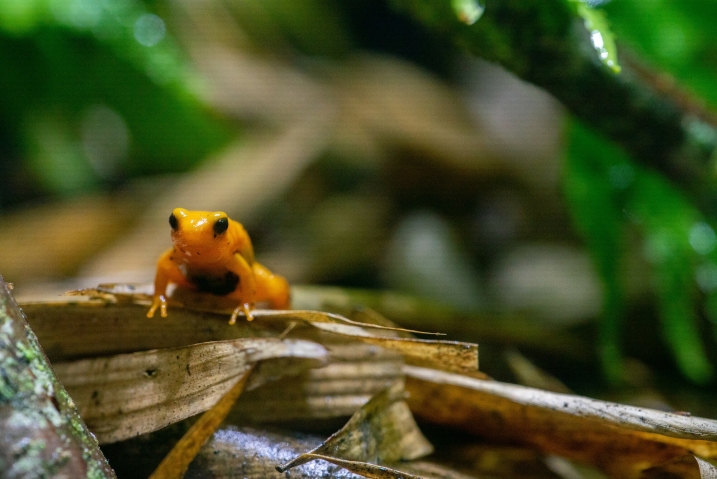
Amphibians Art and Culture - At Toad Hall, we often have visitors tell us that they don’t like amphibians. This is actually really common! Newts and toads especially can be culturally associated with things like witchcraft and disease. We love to challenge these misconceptions and showcase amphibians’ true beauty – our visitors love to colour in frogs in our colouring stations too. Fire salamanders, native to Europe, got their name because they would often be seen crawling out from logs when put onto the fire, so people thought they were born in fire! With their stunning firey colouration too, it’s understandable how that belief stuck. We have 4 at Slimbridge which sometimes feature as special guests in our Toad Hall talks.
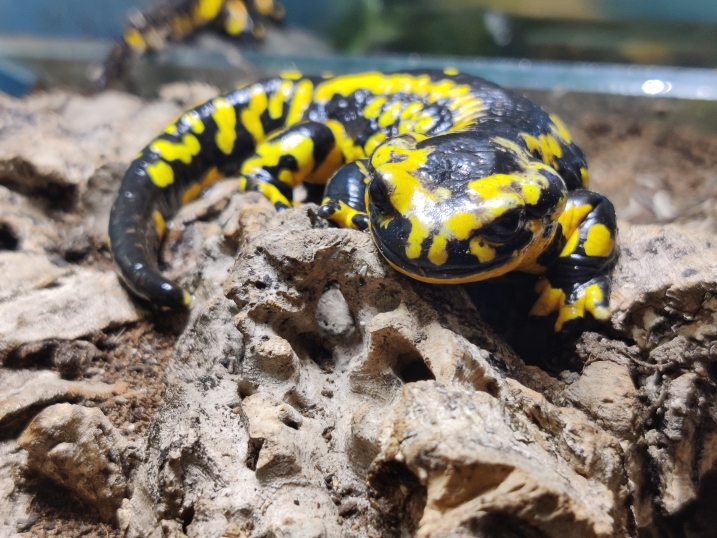
Action for Amphibians - Make your garden great for frogs and toads by creating a fish-free pond! This can be from something as simple as a washing up bowl, which you can see some inspiration for on-show in Toad Hall. Make sure to add lots of hiding places for amphibians – our female common toad likes to hang out in terracotta plant pots. Our amphibians also appreciate having easy access in and out of the water, through the use of rocks and sticks.
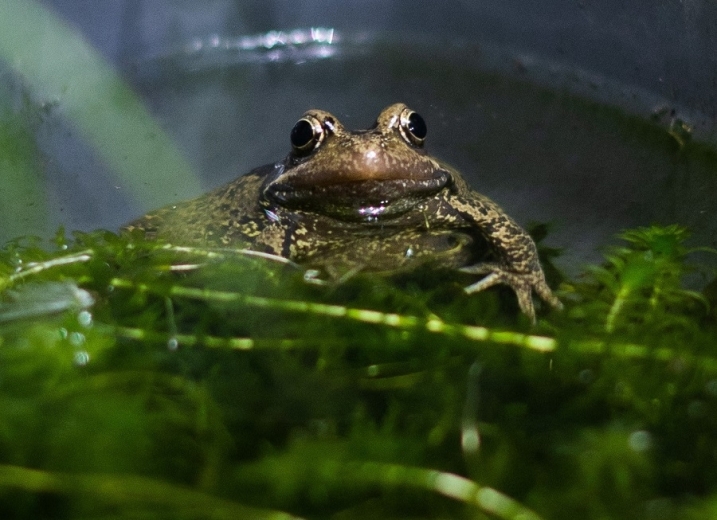
Thank you to the Ectotherm Team for all their ace amphibian content, we hope you enjoyed.
Book your visit and meet some of the species for yourself!
